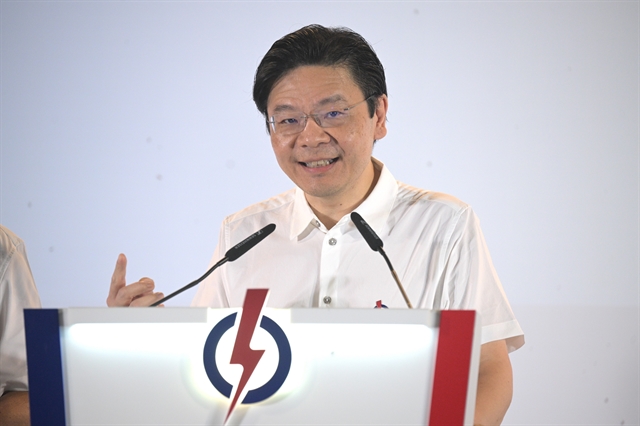
XINHUA/VNA
Since Singapore’s independence in 1965, the People’s Action Party (PAP) has won 14 consecutive elections, with little to no opposition. Voter turnout was at a record low this year, with around 92% of Singapore’s eligible voter population participating.
Singapore follows a parliamentary system similar to that of Canada or the UK. In a parliamentary system, the country is divided into different electoral districts (constituencies) in proportion to population. Each political party will have a representative running in each district, and voters will vote for the party they support by casting their ballot for the party’s respective representative in their district. Passing laws is made much easier for the party that secures a majority government with 47 of the 93 seats. Since a law must receive the support of the majority to pass, a party representative is expected to vote in favour of the bill that their party has proposed.
Before the election, the electoral districts of Singapore were changed, especially in areas where the Workers’ Party (WP) is more popular than the PAP. This has resulted in accusations of gerrymandering from international critics, which is when a government changes the districts to sway support in their favour. The PAP has stated that these changes were due to shifts in Singapore’s population density, but the validity of these claims is still disputed.
The WP managed to win 10 seats in this year’s election but will be represented in parliament with 12, as the main opposition party in Singapore is being guaranteed a minimum of 12 seats in parliament to ensure that their voices are heard. It is debatable to what extent the party leaders support this mechanism, as WP leader Pritam Singh has claimed that “international factors” influenced the election, perpetuating the ongoing conflicts between parties in the stagnant political landscape of Singapore.